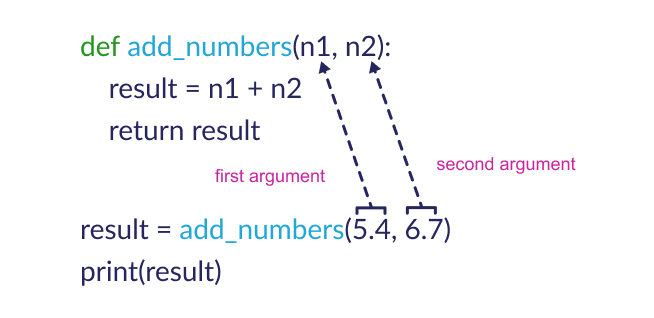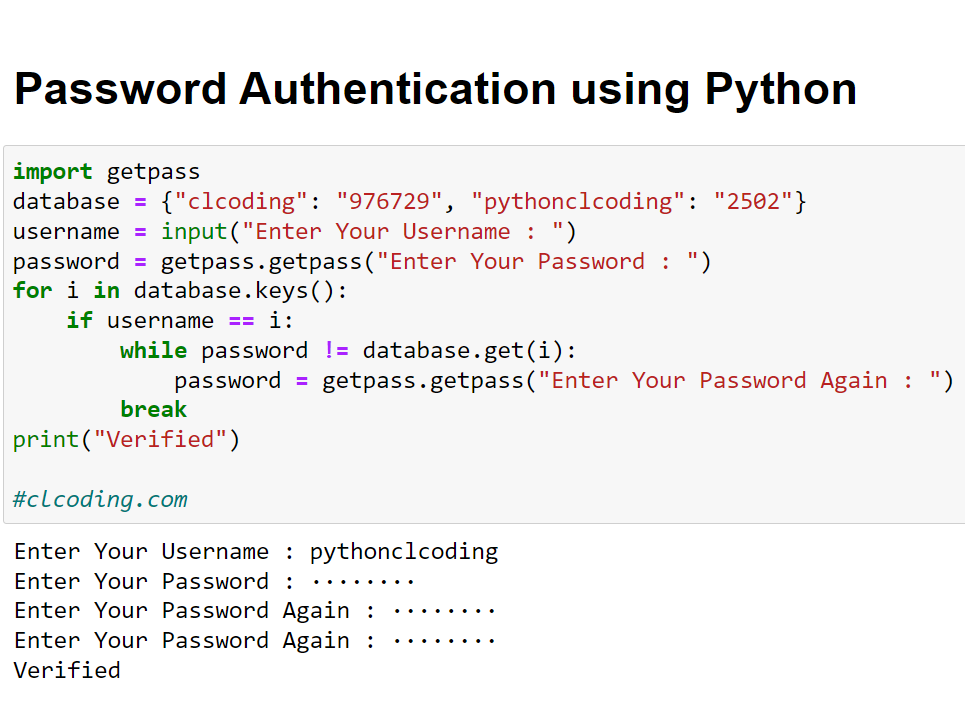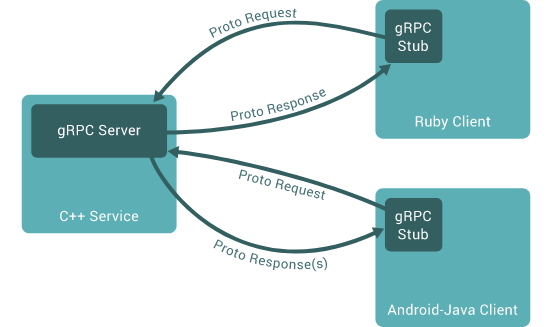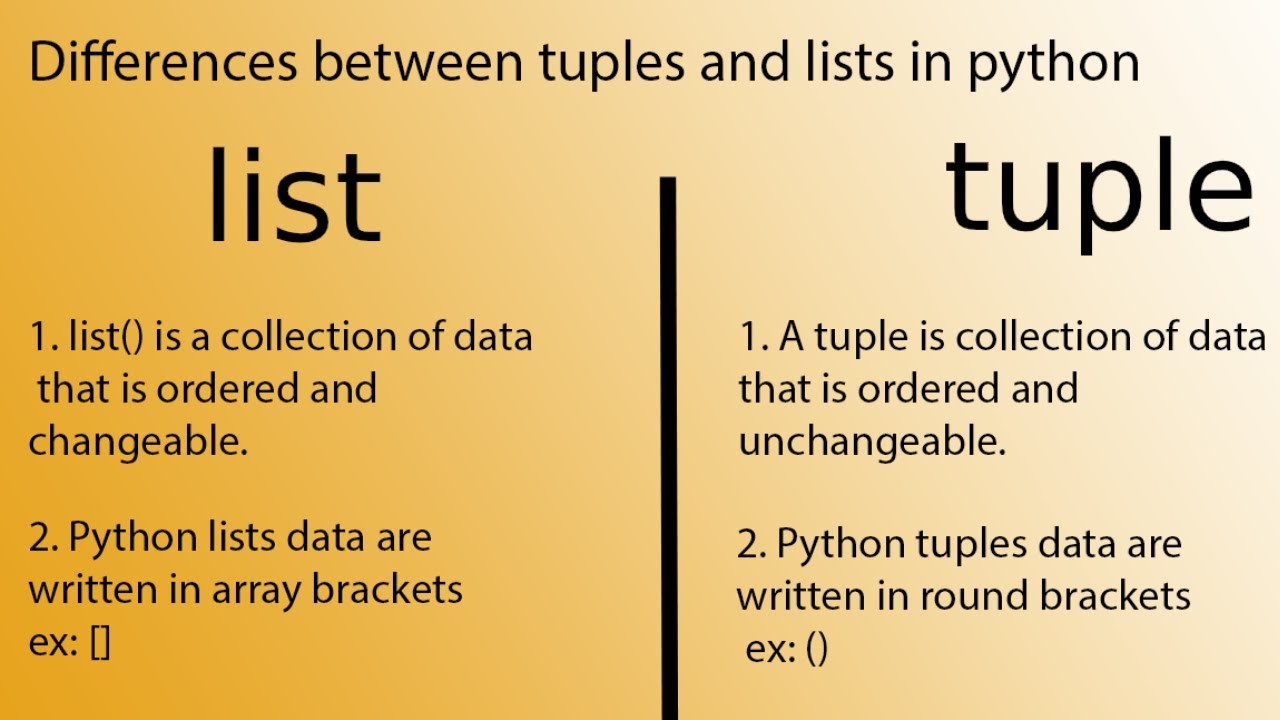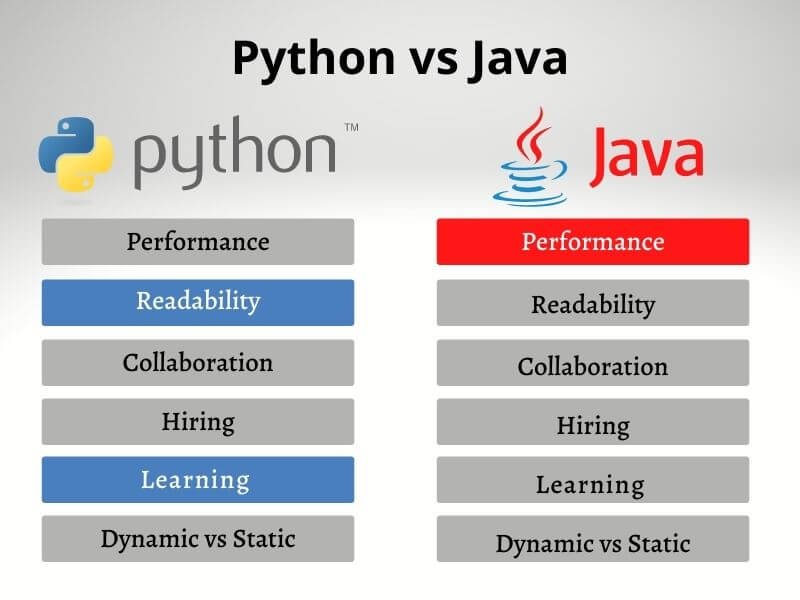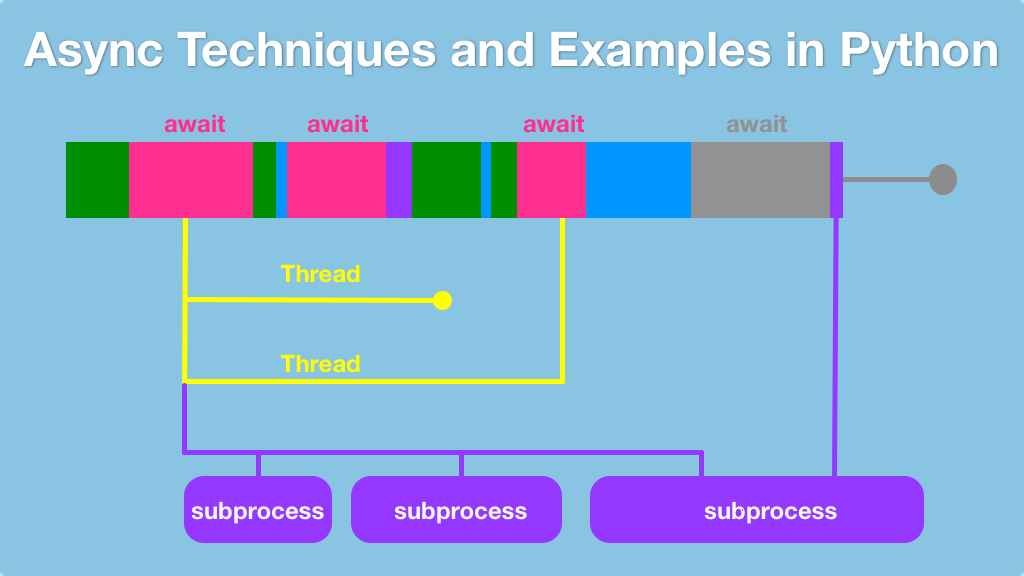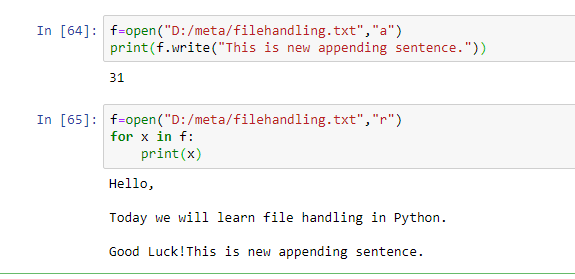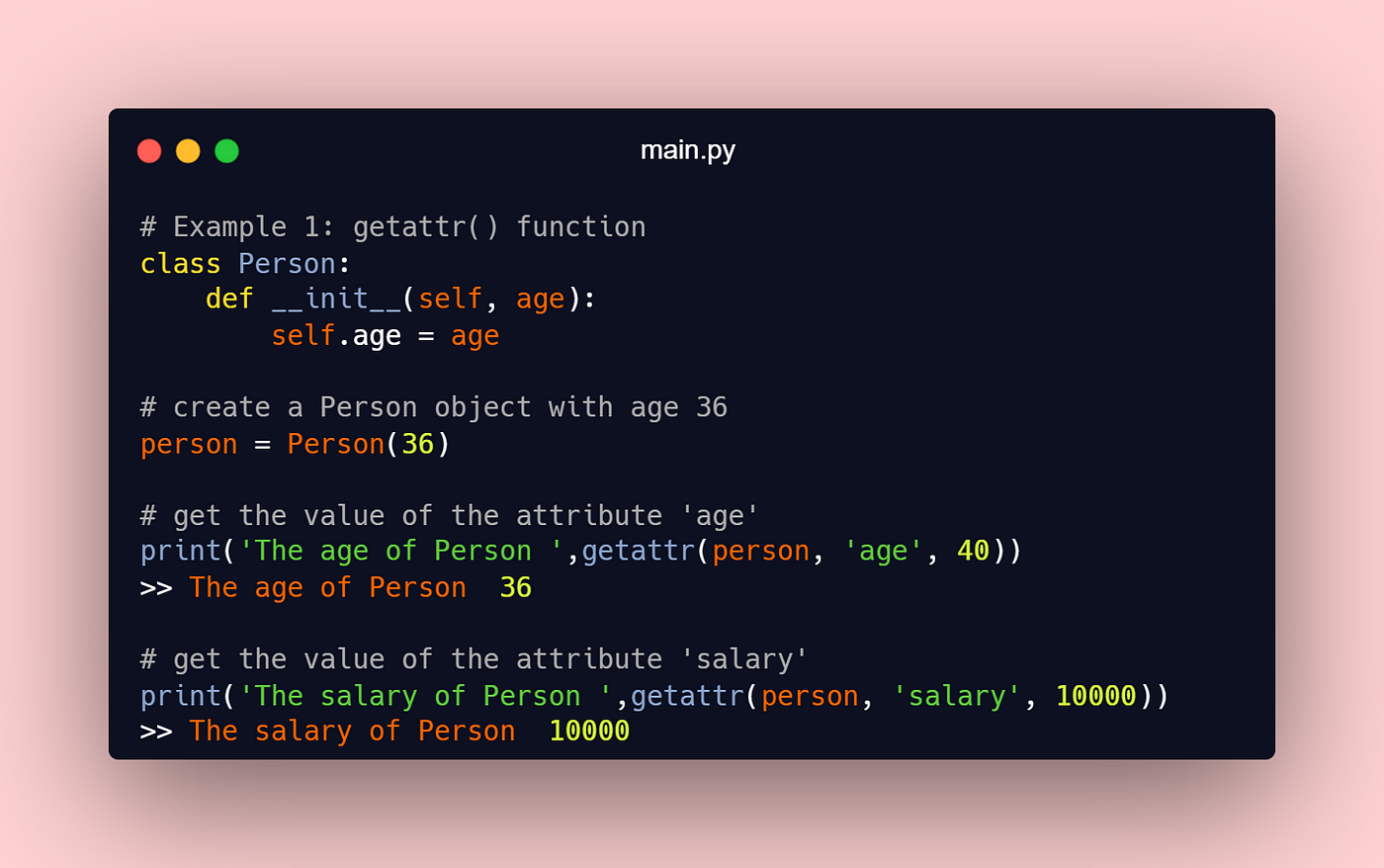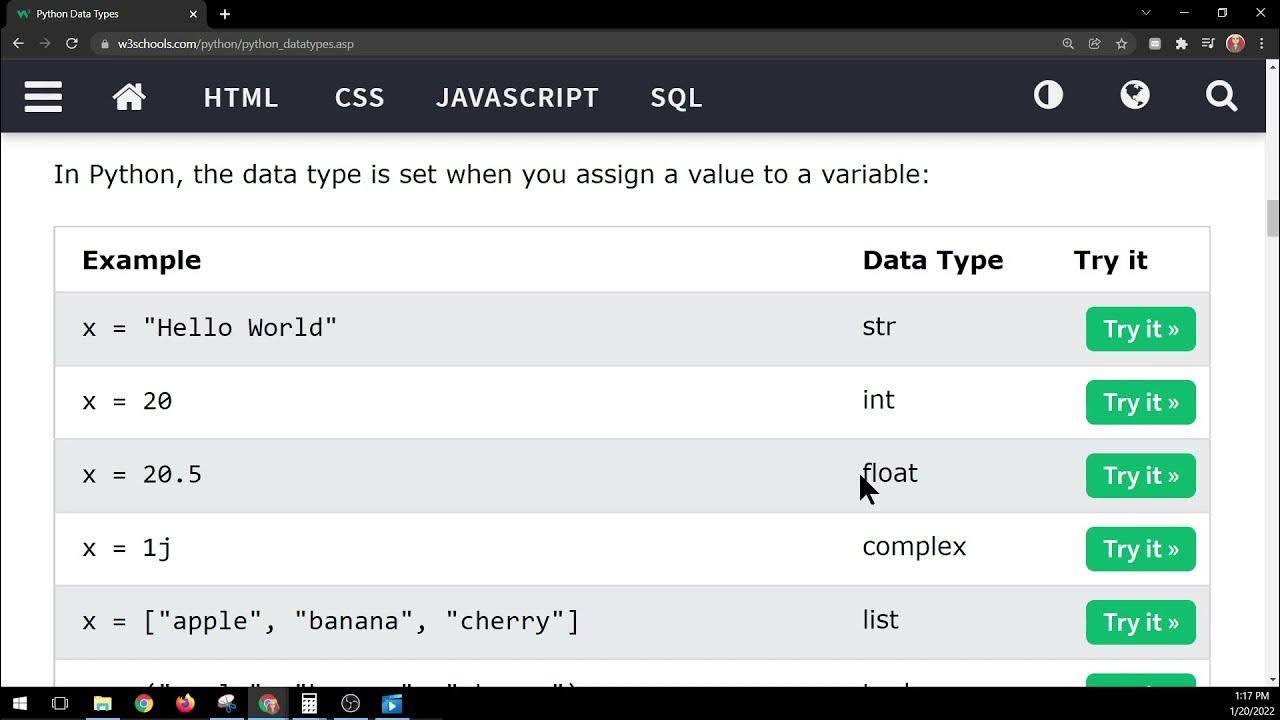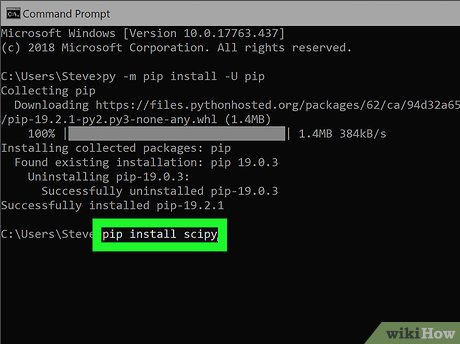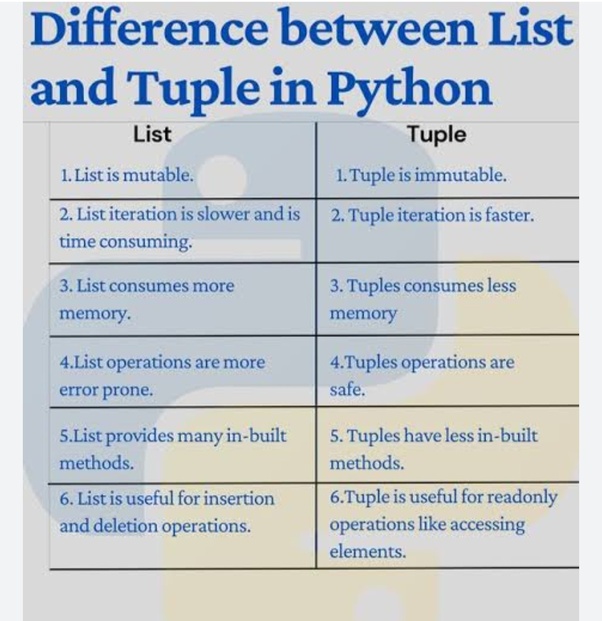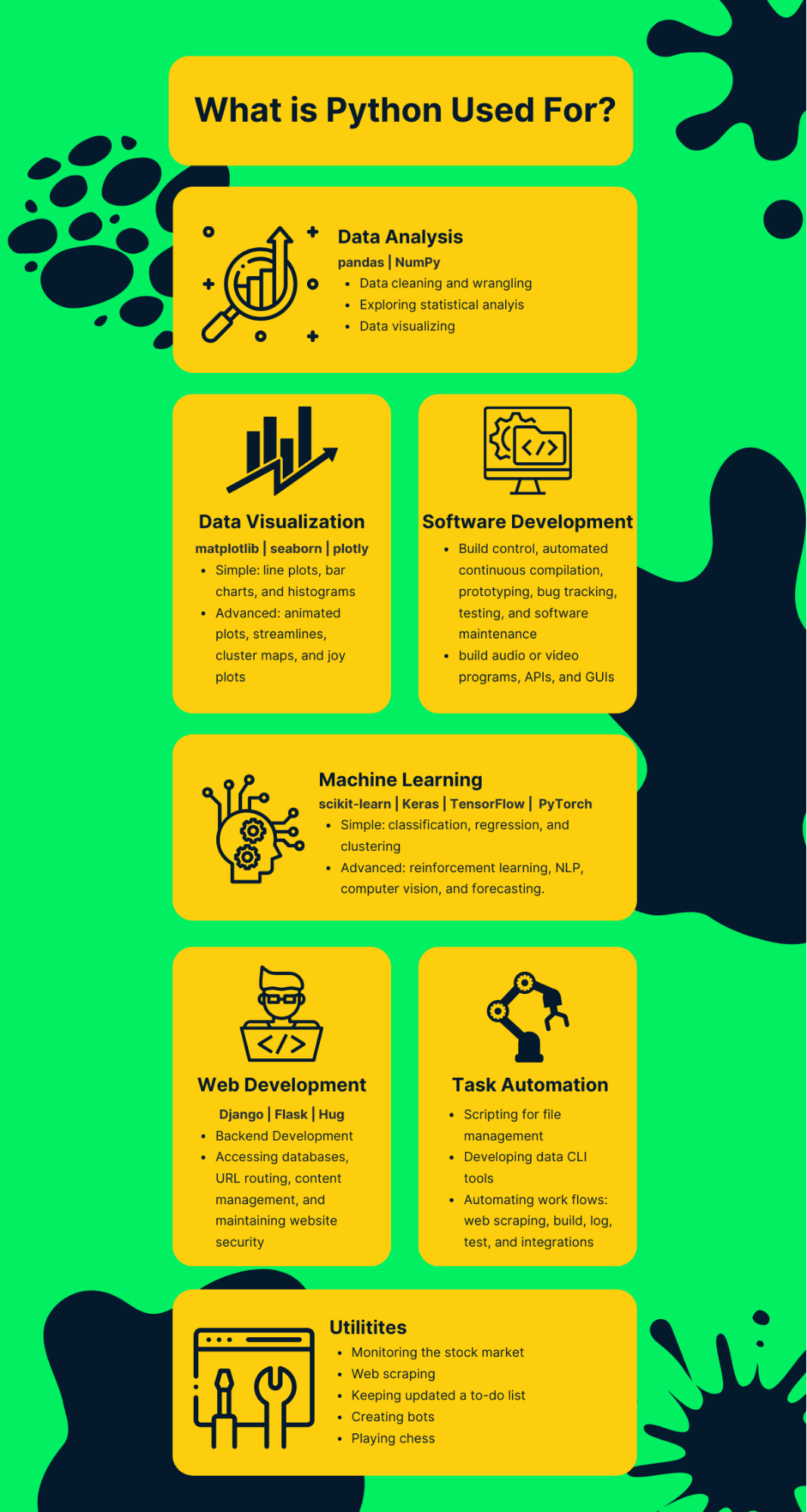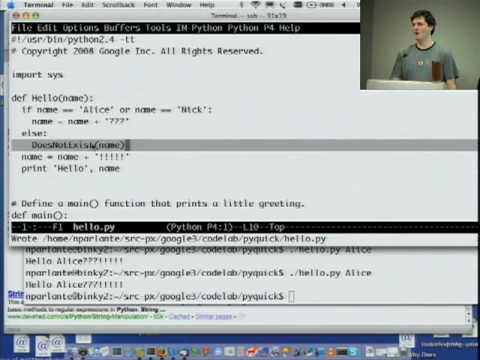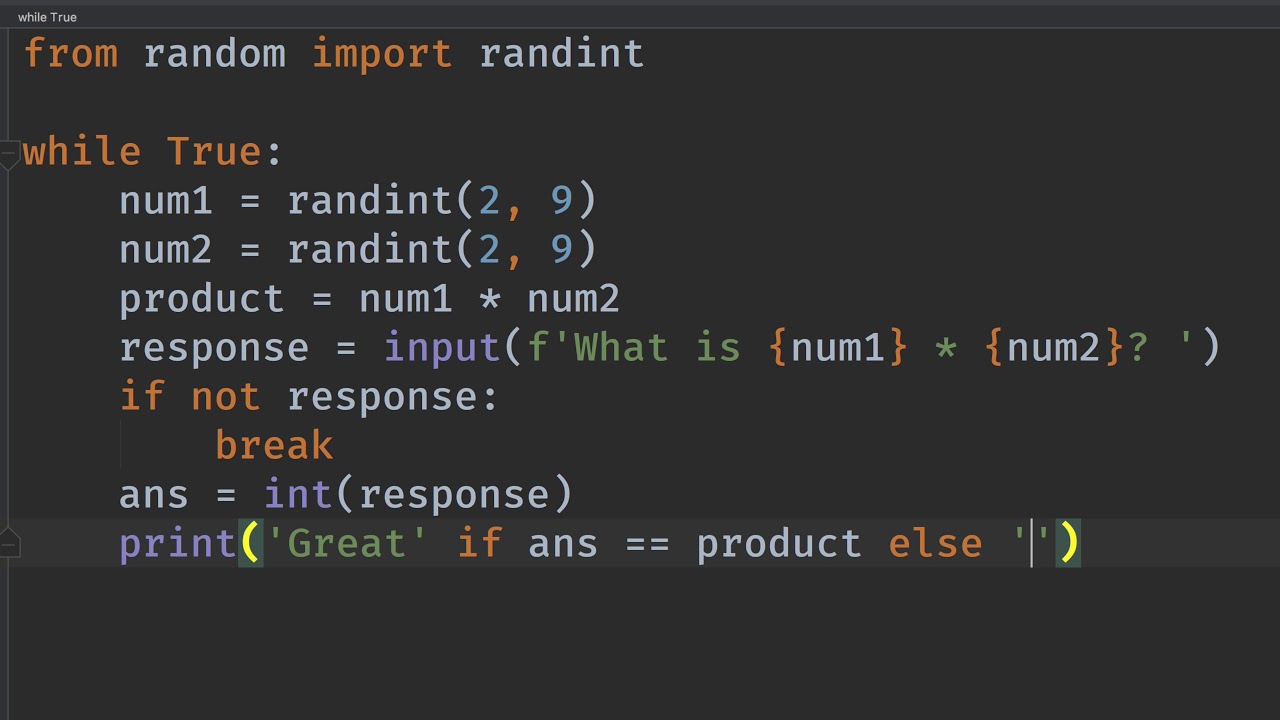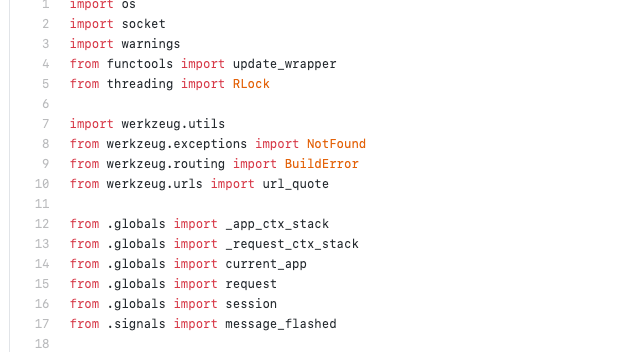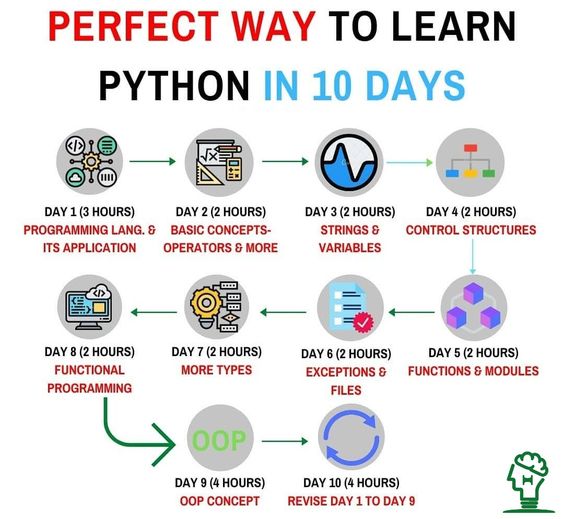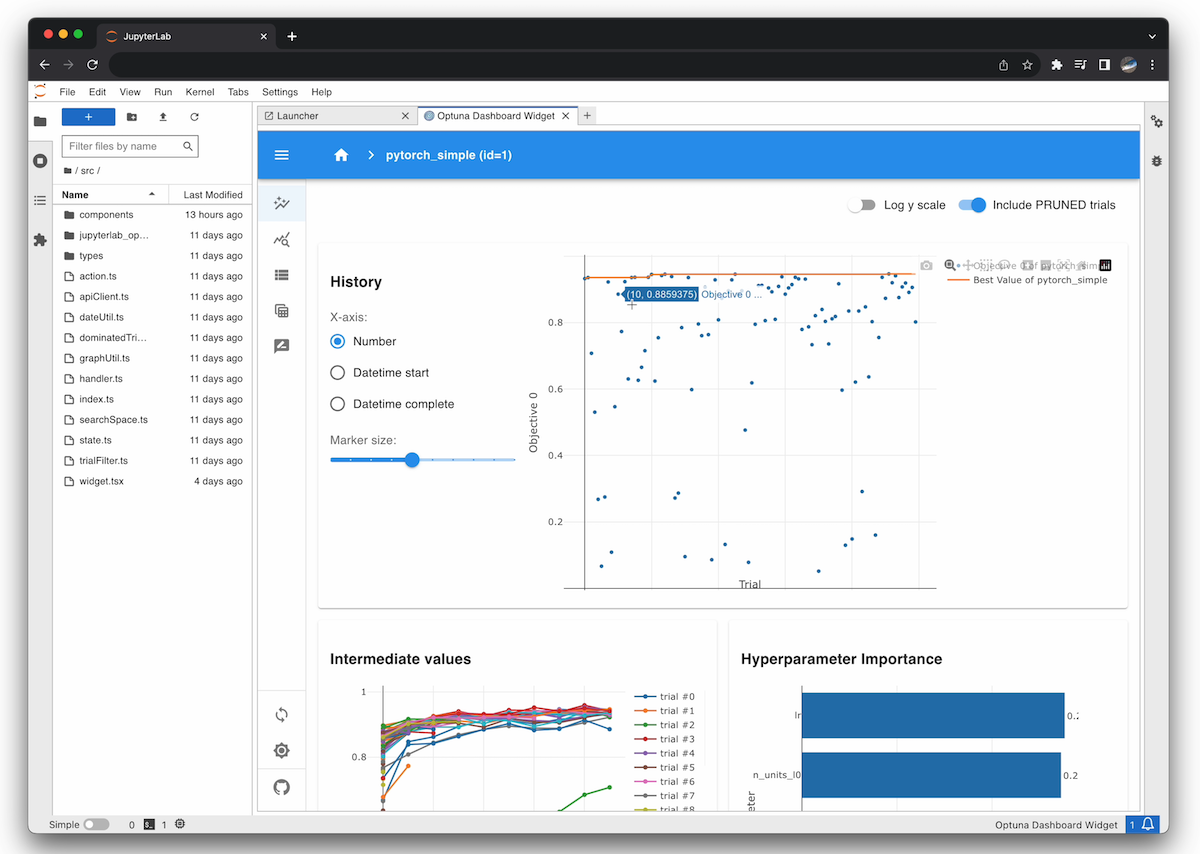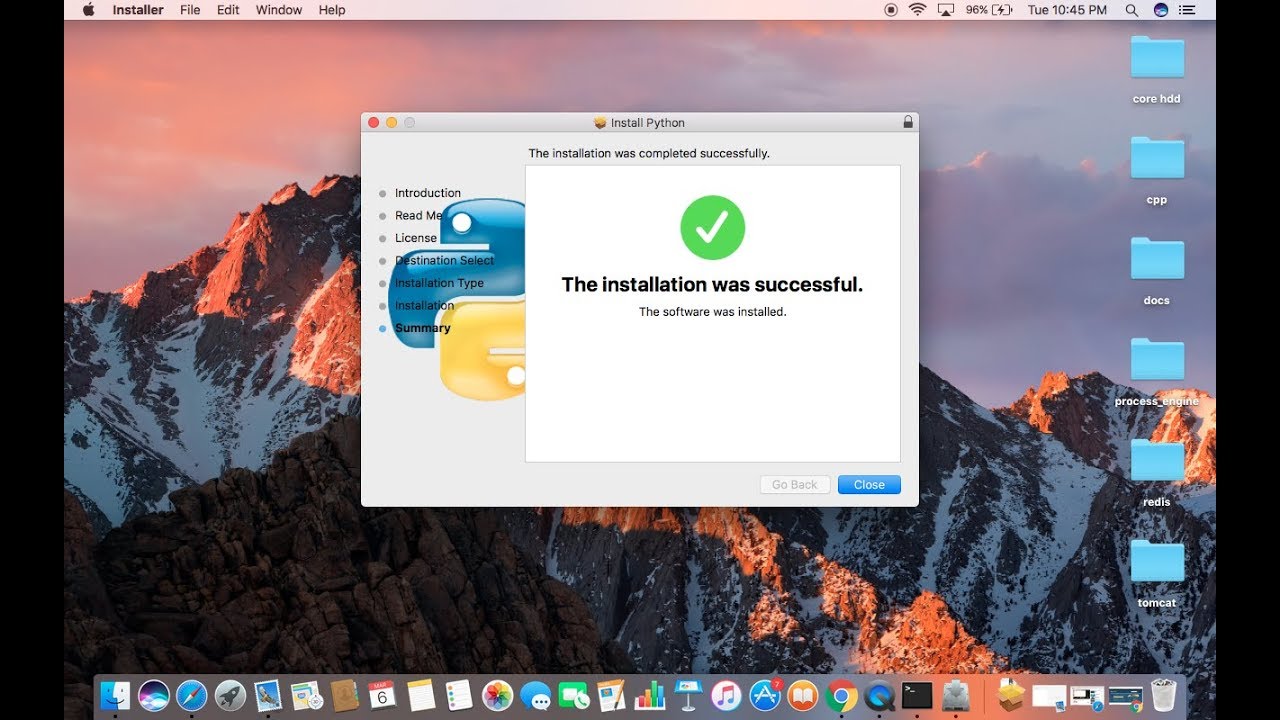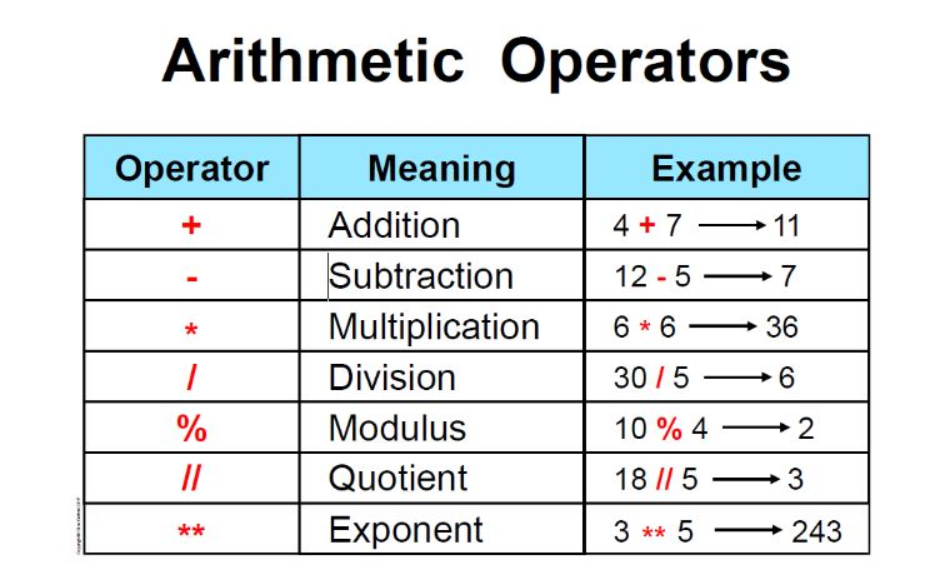Python graphql(FastAPI)
Python graphql(FastAPI)

GraphQL with Python and FastAPI: A Comprehensive Guide
In this article, we'll dive into the world of GraphQL and explore how to use it with Python and FastAPI, a modern web framework.
What is GraphQL?
GraphQL (Graph Query Language) is a query language for APIs. It allows clients to specify exactly what data they need from an API, which reduces network overhead and improves performance. GraphQL was created by Facebook and has since become popular among developers.
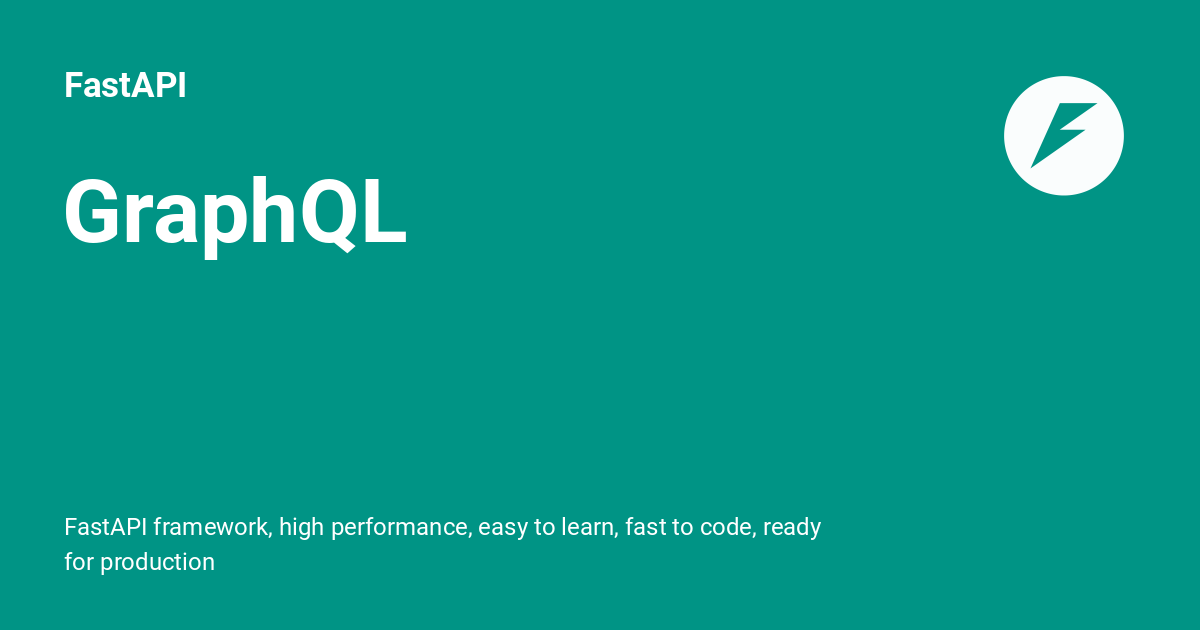
How does GraphQL work?
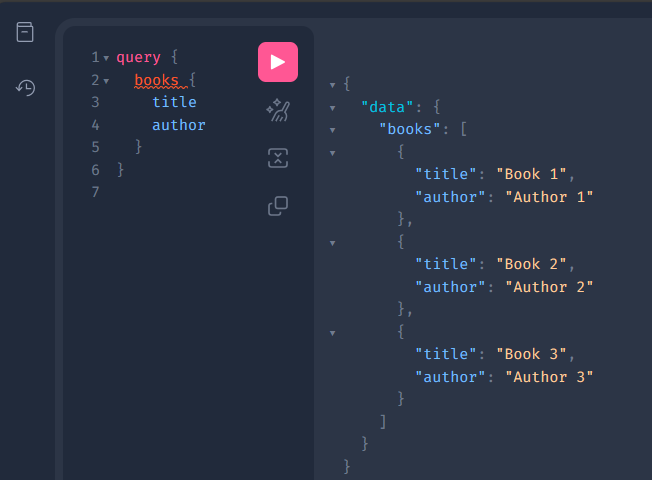
When a client sends a request to a GraphQL API, it includes a JSON payload that defines the query. The API then processes the query and returns the requested data in a JSON response.
GraphQL APIs typically have three types of queries:
Query: Used to retrieve data. Mutation: Used to modify or create new data.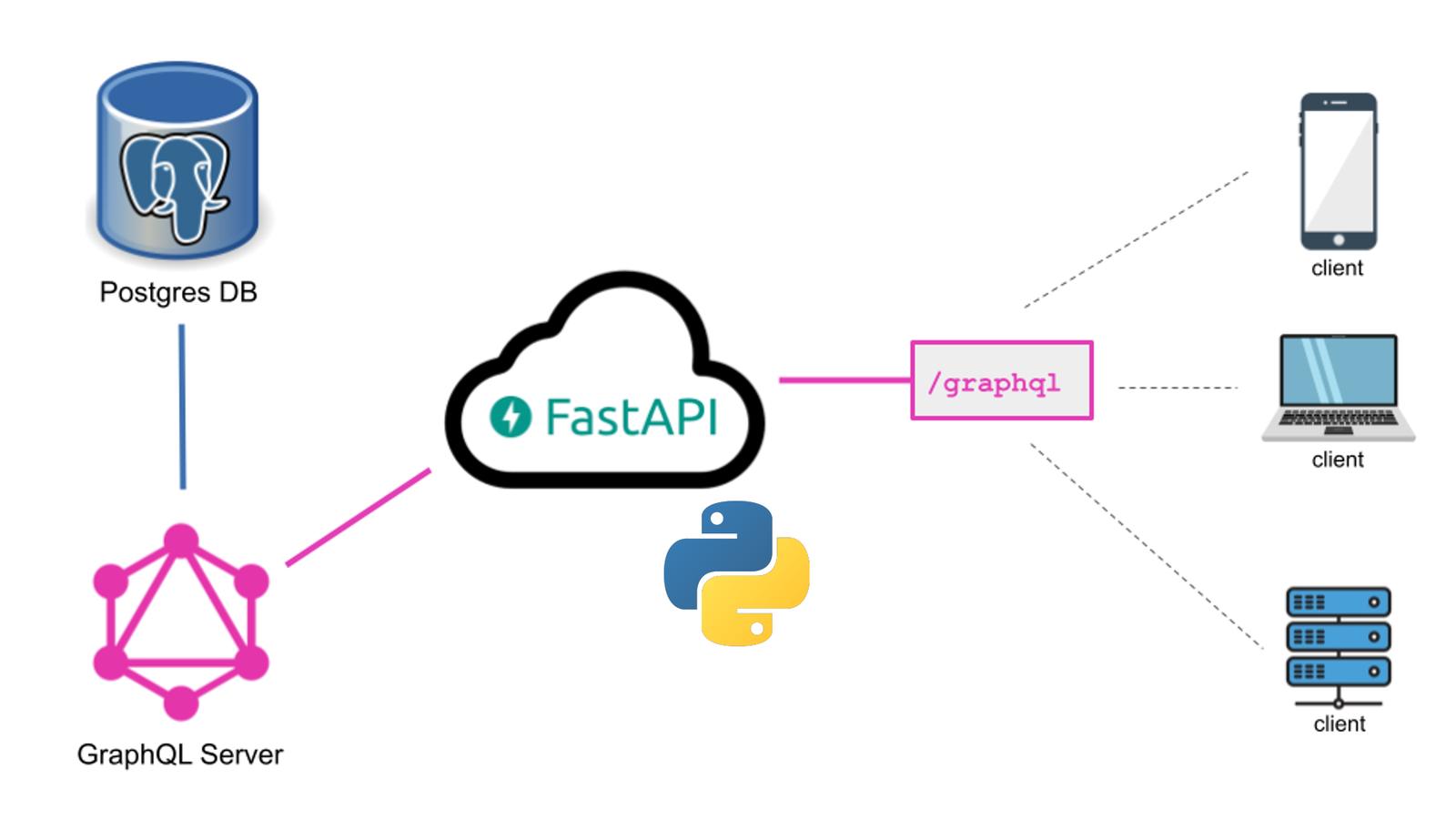
Setting up GraphQL with Python and FastAPI
To get started, you'll need to install the necessary libraries:
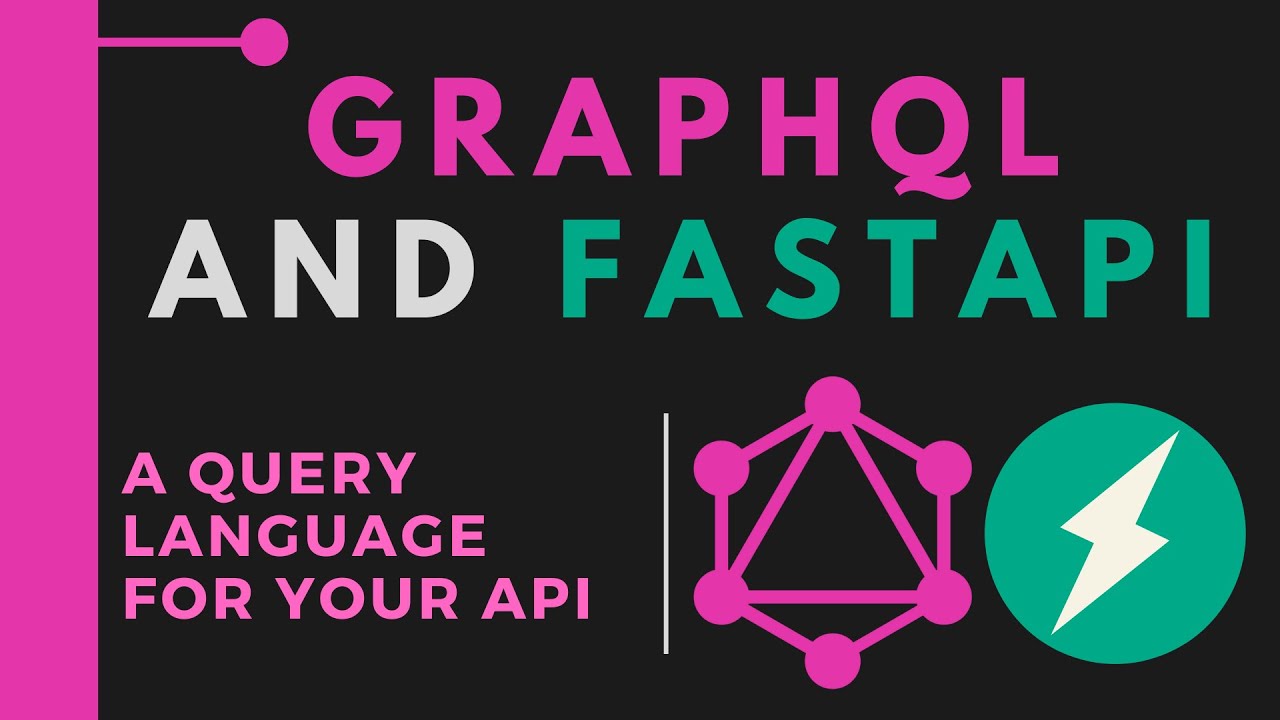
fastapi: A modern web framework that supports GraphQL. graphql-python: A library for working with GraphQL in Python.
Here's an example of how to set up a basic GraphQL API using FastAPI:
from fastapi import FastAPIfrom pydantic import BaseModel
import graphene
app = FastAPI()
class Book(BaseModel):
title: str
author: str
class Books(graphene.ObjectType):
items = graphene.List(Book)
class Query(graphene.ObjectType):
books = graphene.List(Books)
class Mutation(graphene.Mutation.Object):
def init(self, book_title: str, book_author: str):
self.book = Book(title=book_title, author=book_author)
class CreateBook(Mutation):
class Arguments:
title = graphene.String(required=True)
author = graphene.String(required=True)
@classmethod
def mutate(cls, root, info, **kwargs):
return CreateBook(**kwargs)
app.add_route("/graphql", GraphQLView(schema=QueryType))
This code sets up a basic GraphQL API with three types of queries: books, book, and createBook. The books query returns a list of books, the book query retrieves a single book by ID, and the createBook mutation creates a new book.
Using GraphQL in your application
To use GraphQL in your application, you'll need to create a GraphQL schema that defines the types and fields available in your API. You can then use this schema to generate a GraphQL client library that allows you to query your API.
Here's an example of how to use GraphQL in a FastAPI application:
from fastapi import FastAPIimport graphene
app = FastAPI()
class Book(graphene.ObjectType):
title: str
author: str
class Books(graphene.ObjectType):
items = graphene.List(Book)
schema = graphene.Schema(query=Query, mutation=Mutation)
@app.get("/graphql")
async def graphql(request: Request):
query = request.query_params.get("query", None)
return await schema.execute(query)
This code sets up a GraphQL API that allows clients to send GraphQL queries and mutations to your application. The graphql route receives a GraphQL query as a GET parameter and executes it using the schema.execute() method.
Conclusion
In this article, we've explored the basics of GraphQL and how to use it with Python and FastAPI. We've set up a basic GraphQL API that allows clients to query and mutate data, and we've discussed how to use GraphQL in your application. With this knowledge, you're ready to start building powerful and scalable APIs using GraphQL!
Can I use GraphQL with Python?

Yes, you can definitely use GraphQL with Python! In fact, Python has a thriving ecosystem of libraries and tools that make it easy to integrate GraphQL into your applications.
One popular library for working with GraphQL in Python is Graphene. Graphene provides a simple and intuitive API for defining GraphQL schema, resolvers, and queries. You can use Graphene to create GraphQL APIs that interact with databases, file systems, or other data sources.
Here's an example of how you might define a simple GraphQL schema using Graphene:

import graphene
class Book(graphene.ObjectType):
title = graphene.String()
author = graphene.String()
class Query(graphene.ObjectType):
book = graphene.Field(Book)
def resolve_book(self, info):
return {'title': 'The Great Gatsby', 'author': 'F. Scott Fitzgerald'}
schema = graphene.Schema(query=Query)
In this example, we define a Book type with title and author attributes, as well as a Query object that has a single field book. The resolve_book method is used to resolve the query by returning a dictionary representing a book.
To use GraphQL with Python, you'll typically create an instance of your schema and then pass it to a web framework like Flask or Django. For example:
from flask import Flask
from flask_graphql import GraphQLView
app = Flask(name)
schema = graphene.Schema(query=Query)
@app.route('/graphql', methods=['GET', 'POST'])
def graphql_view():
return {'content_type': 'text/plain; charset=utf-8'}, 200, {
'Content-Length': '16',
'Content-Type': 'text/plain'
}
app.add_url_rule('/graphql', view_func=GraphQLView.as_view('graphql', schema=schema))
In this example, we create a Flask app and define a route for the GraphQL API. The graphql_view function is used to handle incoming requests and pass them to the GraphQLView class, which will execute the query using our schema.
You can then use tools like Apollo Client or Relay to interact with your GraphQL API from client-side applications.
Of course, there are many more advanced features and best practices when working with GraphQL in Python, such as handling mutations, using caching mechanisms, and optimizing performance. But this should give you a good starting point for exploring the world of GraphQL with Python!
P.S. Don't worry about Grandma; I'll make sure to keep my response concise and English-only.
